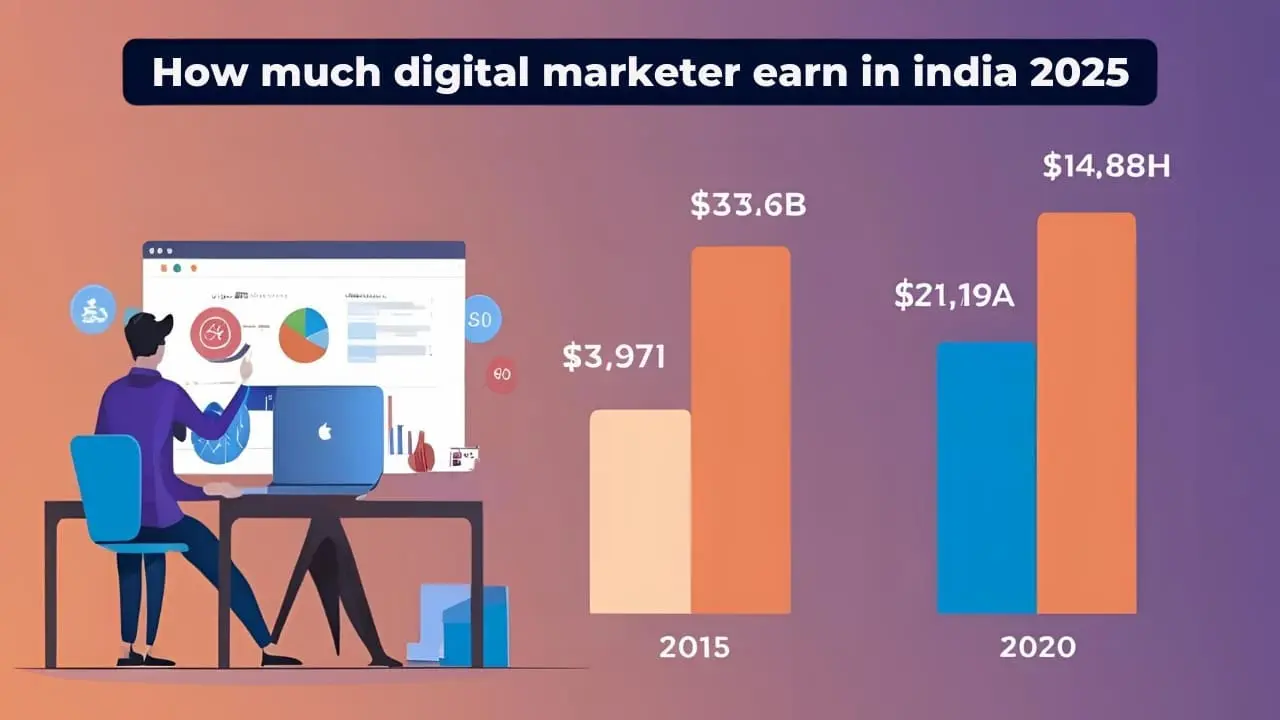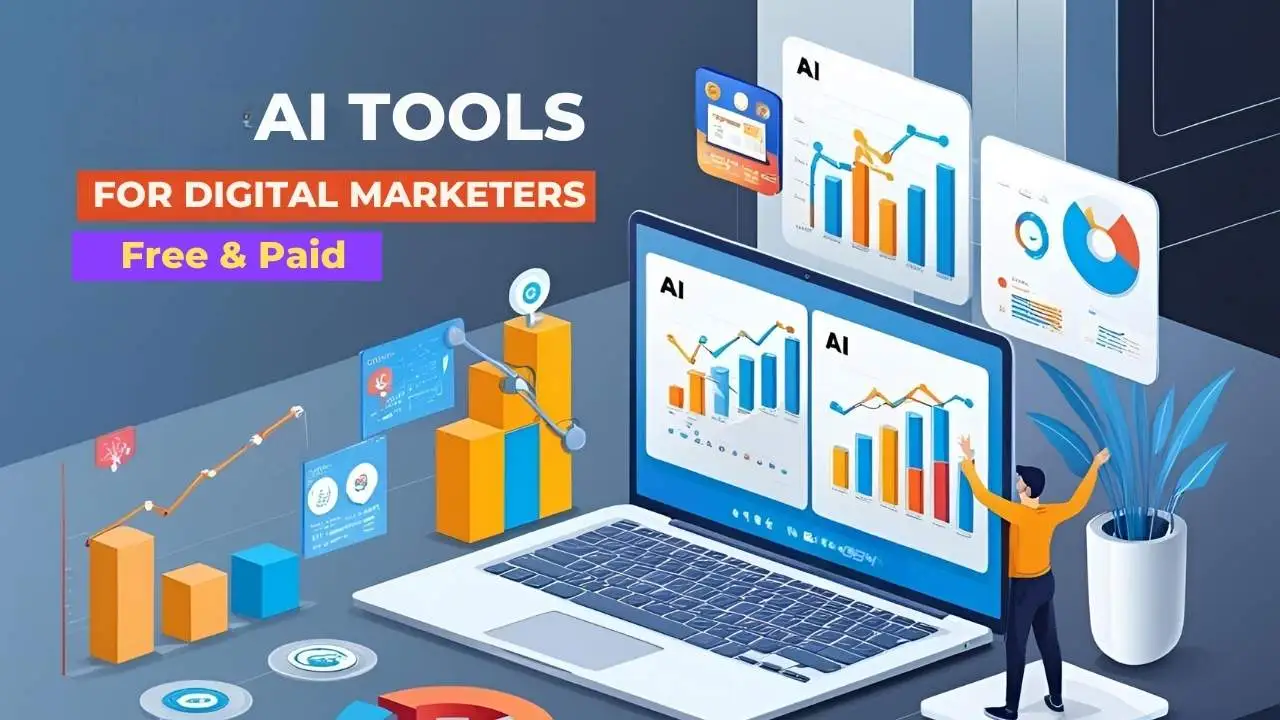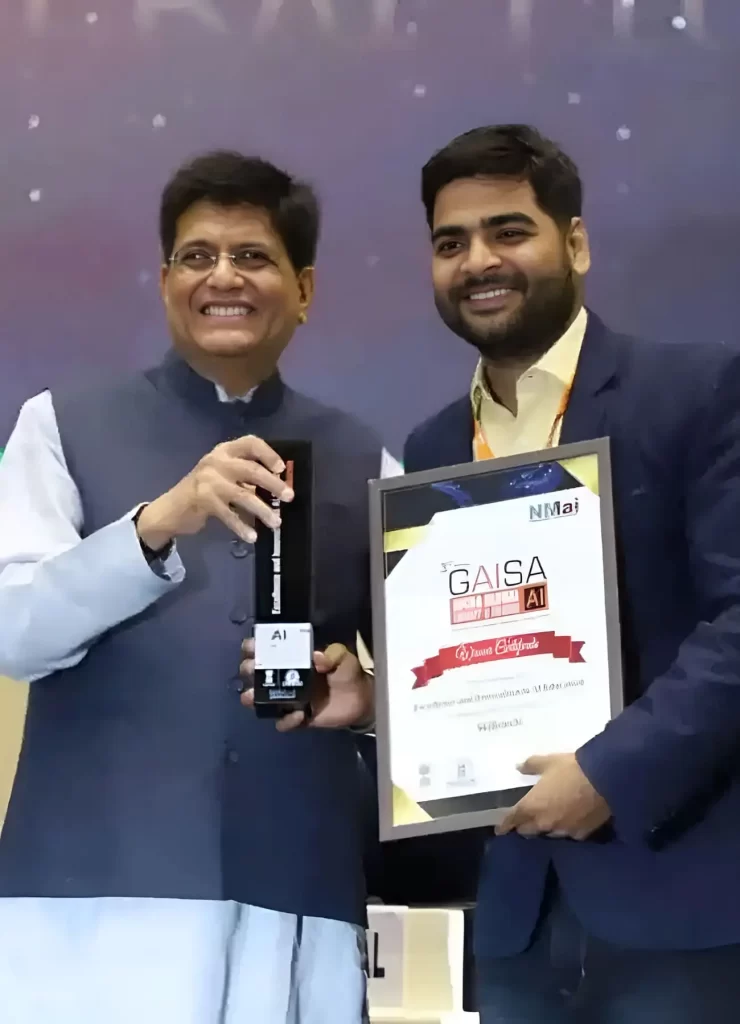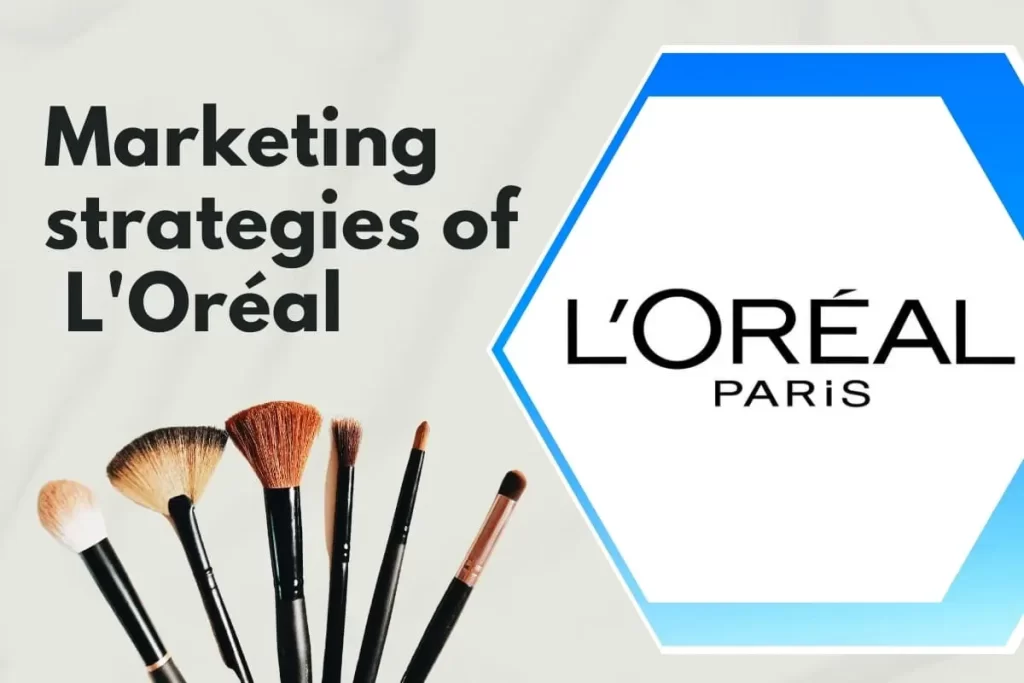
Introduction to L’Oreal Marketing Strategy
Originating in France, L’Oreal was started in 1909 and is currently one of the most reputable cosmetics groups widely appreciated for its exclusive variety of product offerings and brands.
They have developed a sophisticated marketing plan that includes all new products, subsidiaries, and acquisitions. L’Oreal has become an important player in the beauty industry. This pivotal shift allows L’Oreal to heighten engagement with modern consumers and helps with digital marketing strategy
This shift aimed to make the process cost-effective, time-efficient, and smartly using the information collected. This strategy was part of the local L’Oreal’s marketing Strategy, which prioritized providing better services to the client using digital tools.
Nima Gohil’s Role in L’Oreal Digital Marketing Strategy
One of her significant contributions was developing tools to evaluate products in new ways and from fresh perspectives, helping in the implementation of L’Oreal’s digital marketing strategy.
Let us analyze how L’Oreal USA makes more effective use of its customer insights by digitizing them in this article. They report that the company has gone beyond traditional marketing techniques with the growth of the internet to become an important participant in the marketing of beauty products.
Tired of not getting a JOB?
Diploma Course in Digital Marketing
With 100% Job Guarantee
Learn effective marketing strategies & maximize your income.
Industry Overview: Hair Health and Care
The field of hair health and care products is extremely broad and caters to the needs of almost the entire population. L’oreal, Revlon Inc., Unilever PLC, Avon Products Inc., and Hair Care India are all competitors, and they will always compete. This is the reason; due to such intense competitiveness, L’Oreal has remained a leader in the market since.
The global hair care market is projected to reach $12.49 billion in 2024, with plenty more to be researched. It is unquestionable how their marketing team has adapted these proportions through targeted YouTube campaigns.
Shampoo leads the market, but older adults are also demanding hair coloring items. It is evident that L’Oreal’s digital marketing strategy has effectively targeted this market segment and catered to this audience’s preference through digital media.
L’Oreal’s Digital Marketing Strategy: Adapting to Environmental, Demographic, Luxury Trends, and Personalization
Environmental and demographic shifts
This has led to creative marketing strategies for L’Oreal millennials, who are more environmentally conscious. This shift aligns with L’Oreal’s digital marketing strategy, which is designed to reach these evolving consumer groups through online platforms and digital engagement.
Luxury and Brand Recognition
Luxury hair care products are now seen as fashion statements that reflect personal identity. Since consumers are now more daring and unafraid to express their opinions publicly on social media, branding must adapt. To promote their businesses, L’Oreal spends a lot of revenue on marketing and engages almost all of its superstars to post on social media.
Additionally, social media has increased customer awareness of the contents of hair care products, which has led manufacturers to concentrate on creating new environmentally friendly formulas. For almost all of its brands, L’Oreal has prioritized a digital marketing strategy.
Consumer Research and Personalization:
The vast amount of data available today helps marketers understand consumers on a personal level. This is where L’Oreal’s digital marketing strategy plays a vital role, using data to personalize consumer interactions.
The Internet and mobile devices allow for direct communication with consumers through surveys and digital applications, key elements of L’Oreal’s digital marketing strategy that help the brand stay engaged with its audience.
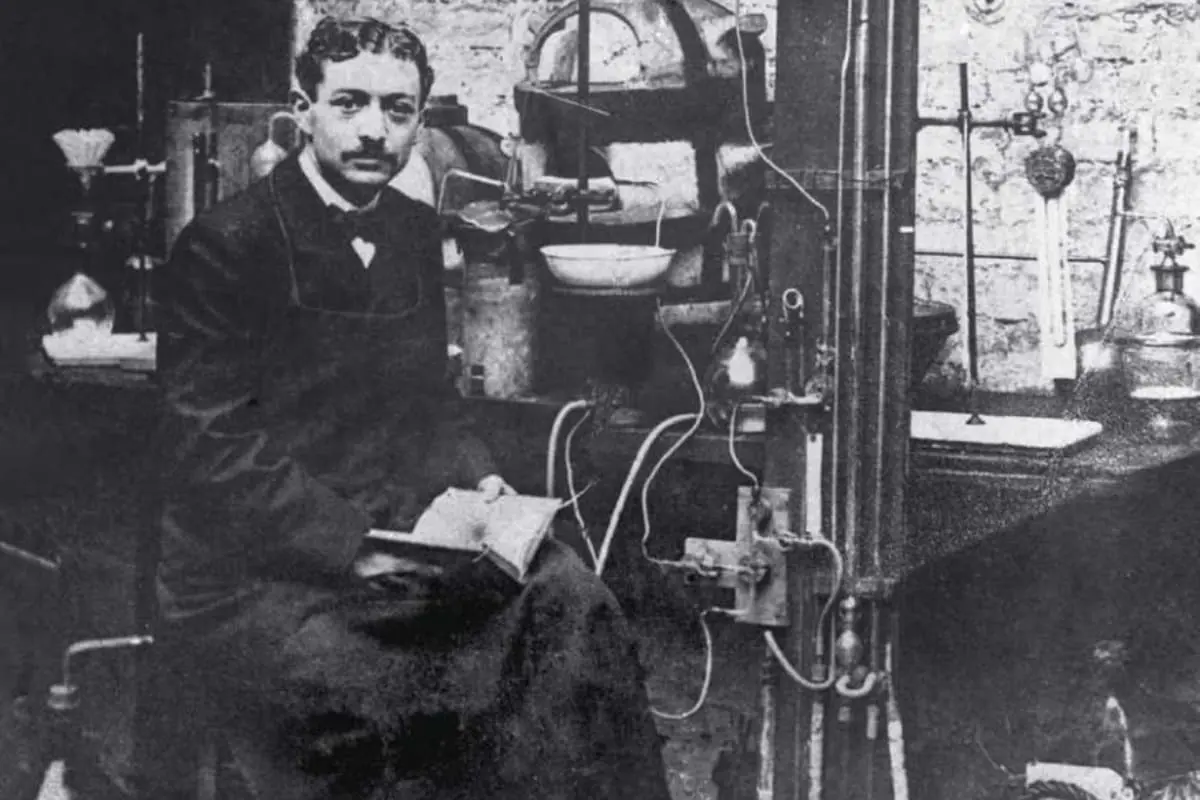
Social Media Enhance with L’Oreal’s Digital Marketing Strategy
Social Media Influencers and Indian Brands
L’oreal digital marketing Strategy through platforms like Instagram and YouTube enables niche and independent (Indian) brands to thrive. They rely on L’Oreal digital marketing strategy to reach their audience cost-effectively, using data-driven approaches to engage consumers on these platforms.
Digital differentiation and consumer expectations:
In this digital age, customers expect more from their brands. They want tutorials, digital experiences in stores, and apps for makeovers and hairstyles. L’Oreal’s marketing strategy have adapted to this shift by offering digital experiences that align with customer expectations
Market Research & Consumer Insights:
This engagement was crucial because the more time a brand spends with its target audience, the more relevant it becomes. L’Oreal’s digital marketing strategy emphasizes consistent interaction with consumers, ensuring the brand stays connected to its audience.
Consistent interaction with consumers built trust and created a valuable flow of information, which influenced new product development, sales, and marketing. This approach helped brands in the hair care and cosmetics industry stand out through innovation and is a key aspect of L’Oreal’s digital marketing strategy.
By 2015, a significant development in market research was the ability of consumers to provide their product and brand evaluations through technology easily. This included studying consumer choices and behaviors in context, which allowed L’Oreal to fine-tune its products and marketing strategies to better align with customer preferences.
Innovative Consumer Insights and Digital Engagement: Shaping L’Oreal’s Marketing Strategy
Online Communities and Agile Insights
In addition to video diaries, online (or Insight) communities became popular. These communities consisted of targeted groups of stakeholders who interacted with a brand on an online discussion board, providing ongoing feedback. Therefore, L’Oreal considered more advanced digital options to generate customer insights, ensuring the company remained a market leader. This shift to more dynamic digital methods is a core component of L’Oreal’s marketing strategy.
L’Oreal Beauty Babble program
One of Nima Gohil’s first initiatives was to enhance the existing Beauty Babble program. Gohil wanted to expand it to include video influencers, social media, and other digital channels, aligning with the digital marketing strategy to further integrate modern technology in gathering consumer insights.
Moving Beyond Discounts
However, Gohil aimed to build a program around perks instead. The idea was to offer incentives to beauty babblers by giving them first looks at products before they launched to the market. This initiative aligned with L’Oreal’s marketing strategy, which focused on enhancing customer engagement through exclusive experiences.

Digitalization of L’Oreal’s Digital Marketing Strategy
L’Oreal planned to invite influencers, specifically women, to join the Beauty Babble Program as part of its marketing strategy at L’Oreal’s to leverage the power of digital influencers.
Creating a Community
L’Oreal wanted potential members to feel like they were part of an exclusive club, influencing the future of L’Oreal’s products and marketing strategy. The call to action for influencers came in the form of an email, outlining “the ask” and the perks vloggers would receive.
The importance of digitalization to L’Oreal’s
L’Oreal’s journey into digital market research began with a simple step: Nima Gohil then advocated for the inclusion of social media and influencer activity in L’Oreal’s research and innovation efforts, aligning with L’Oreal’s digital marketing strategy to incorporate digital platforms for deeper consumer insights.
This strategy was aimed at understanding the influence and reach of social media personalities and assessing L’Oreal’s products before they hit the market. Incorporating influencers added a layer of authenticity to L’Oreal’s brand voice.
L’Oreal’s Digital Consumer and Customer Research (DCCR)
Influencers’ opinions provided a unique perspective on the consumer’s product experience, which was invaluable for shaping high-impact communication strategies.
This feedback played a crucial role in L’Oreal’s marketing strategy, helping the brand refine its messages and approach. L’Oreal’s digital marketing strategy specifically leveraged influencers to gain deeper insights, ensuring more authentic and effective communication with consumers.
Benefit from L’Oreal’s Digital Marketing Strategy by using Influencer Marketing
Effects of Social Media Influence on Consumer Behavior
Market research and statistics from the Digital Marketing Institute highlighted the growing importance of social media in consumer behavior.
86% of women turned to social networks before making a purchase.
86% of the most viewed beauty videos on YouTube were created by influencers.
70% of consumers trust influencers more than traditional celebrities.
As social media use grew, influencer marketing exploded.
This trend did not go unnoticed by brand marketers, with 86% of brands using influencer marketing seeing significant budget increases for these programs. L’Oreal also utilized influencers very effectively as part of their digital marketing strategy to connect with their target audiences and enhance their brand loyalty.
Understanding Influencer Impact
For L’Oreal, understanding how influencers talked about products before and after their launch was potentially game-changing. This knowledge provided a holistic view of the product’s market perception, aligning with L’Oreal’s digital marketing strategy.
Authentic showcasing of products
Using influencers also allowed L’Oreal to showcase its products more informally and authentically. This strategy resonated with consumers who preferred authentic and relatable endorsements over traditional advertising methods.
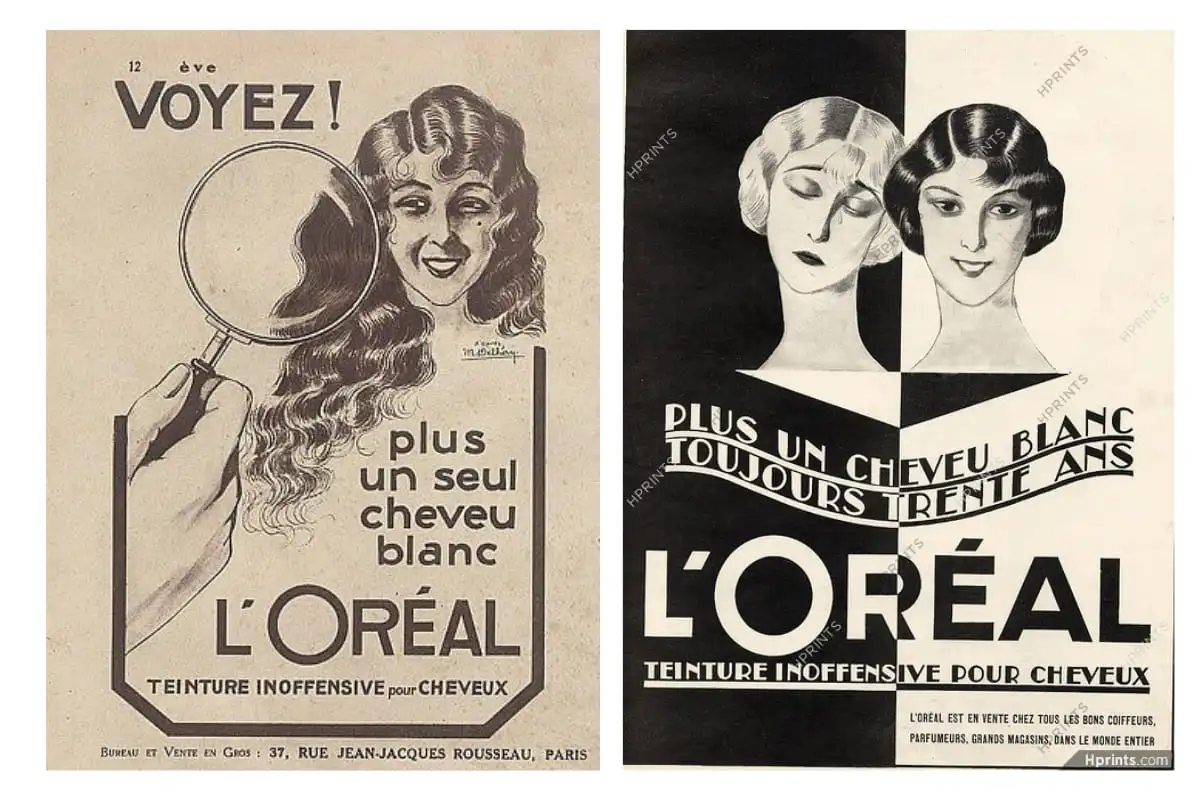
Strategic Integration of Technology in L’Oreal’s Digital Marketing Strategy
Build versus Buy: The Technology Decision
Incorporating new technology always comes with costs, both financial and resource-based. Organizations must determine if they should develop the technology on their premises or search for a solution from a third party. This was the case for L’Oreal, whose digital consumer and customer research (DDCR) team is a key part of L’oreal’s digital marketing strategy to enhance consumer insights and operational efficiency. They needed to determine whether to outsource the tech technology that could integrate seamlessly with their existing platforms or to build it internally with available resources.
Aligning Technology with Beauty Babble Enhancements
The need for technological advancements aligned with the proposed re-engineering of the Beauty Babble program. This required robust technology capable of handling these new features effectively. It became clear that third-party software could elevate the program to a new level.
Reflecting on the transition, Gohil noted the challenges and opportunities of their initial approach:
“When we first launched, it felt like a startup company: we did everything manually and sometimes not in the most effective manner. Once we saw that we were getting more visibility, we decided to review how we could enhance our buyer experience as well as being digitally forward, using platforms to communicate better with our consumers as well as automating to understand our products from the beginning to end of a life cycle.”
The Decision to Outsource:
Gohil recognized that outsourcing the technology would bring significant benefits. This included better communication with consumers, enhanced automation to understand product life cycles, and an overall improved user experience. By choosing a third-party solution, L’Oreal aimed to create a more seamless and effective program, ultimately driving greater consumer engagement and insights.
Digital First Strategy: Embracing the future
Gohil recognized that outsourcing the technology would bring significant benefits. This included better communication with consumers, enhanced automation to understand product lifecycles, and an overall improved user experience. By choosing a third-party solution, L’Oreal aimed to create a more seamless and effective program, ultimately driving greater consumer engagement and insights.
Digital First Strategy: Embracing the future
L’Oreal’s sales amounted to 30% in 2014; their contribution to total sales was 6%. This growth highlighted the rising importance of digital channels.
The Rise of Social Media and Mobile Usage
In the first quarter of 2015, Facebook had 1.44 billion active users, with 1.25 billion accessing the platform through mobile devices, marking a 24% increase from the previous year.
In 2015, YouTube hit 81.2% of us internet users, with makeup and cosmetics being the most-watched beauty-related content. This indicated a significant opportunity for L’Oreal to leverage these platforms to reach its audience effectively as part of its evolving L’Oreal’s digital marketing strategy.
Mobile Technology and Consumer Convenience
In 2014, mobile technology had become pervasive. Amazon was enhancing consumer convenience with technologies like Alexa, which automated the replenishment of items. The increasing use of Amazon underscored the importance of digital convenience in consumer behavior, aligning with L’Oreal’s digital marketing strategy to prioritize consumer needs.
Tired of not getting a JOB?
Diploma Course in Digital Marketing
With 100% Job Guarantee
Learn effective marketing strategies & maximize your income.
E-Commerce Integration with Pricing: L’Oreal’s Digital Shopping Strategy
Growth in the E-commerce Beauty Industry
A report by the research agency L2 Inc. showed that while the global beauty industry grew by 6% in 2013, the e-commerce beauty industry experienced a 29% growth.
L’Oreal had already started embracing digital innovation with initiatives like the Makeup Genius app, which allowed customers to virtually try on makeup using an uploaded picture.
By early 2015, many companies were shifting towards video content. Facebook was increasingly using videos, moving away from text-only content. Organizations were producing consumer-friendly videos that could be shared across various social media channels.
Success Evaluation From L’Oreal’s Approach To Digital Marketing Strategy: KPIs in a Digitalized World
Measuring Success in a Digital World
L’Oreal had to change how it worked after moving all its operations to a digital-first strategy and using new technology. This made Gohil and her team encounter new digital key performance indicators they had to navigate to be consistent with L’Oreal’s digital marketing strategy to track and optimize digital performance.
Setting Appropriate KPIs
The growth of digital channels, e-commerce, entrepreneurs, and direct-to-consumer (DTC) businesses, which formerly faced obstacles to entrance, has made the hair care sector widely accessible.
To compete effectively, L’Oreal needed to identify which KPIs would best demonstrate the value of their digital initiatives, such as digital in-home usage tests (IHUTs), influencer marketing, and the Beauty Babble integration, all central to L’Oreal’s digital marketing strategy.
Traditional vs. Digital KPIs
Traditional KPIs like sales and market share were still important, but they weren’t enough to capture the full picture of digital transformation success. Gohil needed to determine which new KPIs would matter most for L’Oreal’s digital marketing strategy. Conversion rates, which measure how many social media interactions turned into actual sales, were also critical. Gohil realized that educating the board on these new metrics would be essential.
Traditional metrics were familiar, but digital KPIs might require more explanation. She needed to ensure that the board understood how these new indicators could provide valuable insights into the effectiveness of their digital marketing strategy. By focusing on metrics that combined social media engagement with conversion rates, Gohil could paint a comprehensive picture of L’Oreal’s digital success.
Adapting L’Oreal’s Marketing Strategy to “In the Moment” Consumer Engagement
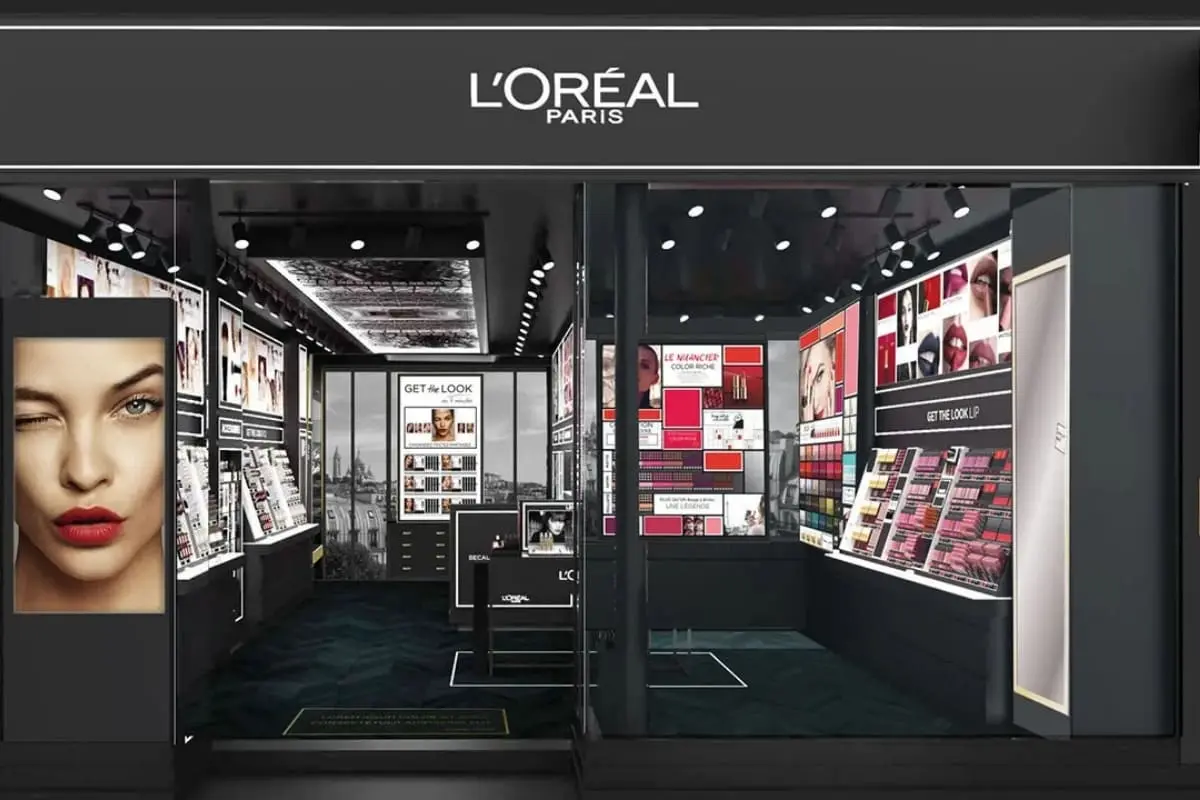
The Decision: Being “In the Moment”
Gohill was increasingly busy overseeing and managing consumer insights f+++or her product line. She faced the challenge of competition from small start-up independent or niche beauty providers, known as Indian bands, which were entering the market primarily through e-commerce. Between 2009 and 2014, these Indian brands grew rapidly, outpacing the overall cosmetics market. This shift required L’Oreal to adapt its digital marketing strategy to maintain a competitive edge.
Embracing “In the Moment” Research
She believed that while it was challenging, it was possible to start generating ideas at the individual consumer level, contributing significantly to L’Oreal’s research and development efforts.
This approach would allow L’Oreal to infuse the voice of the customer into future product designs, aligning with L’Oreal’s digital marketing strategy to stay connected with real-time consumer needs.
Conclusion:
So, from the above story, we get to know that the digital marketing strategy of L’Oreal has been supportive in establishing the company as a global beauty leader. By using technologies and understanding evolving consumer preferences, L’Oréal has built strong brand equity and loyal customer relationships. This is how L’oreal’s marketing strategy sets a successful brand. More artificial intelligence (AI) and augmented reality (AR), and probably a little bit, we will see in the marketing by the company. L’Oréal can ensure its position as a global beauty industry leader through innovative technologies, consumer behavior insight, and real connections with its audience.



